The Stringed Instrument Database
A

Agach Kumuz
Alternative names: Agach Komus, Agach Komuz, Khumutz, Avar Kumuz
Origin: The Caucasus mountains.
Tuning:
Strings/Courses: 2/2 or 3/3
Further notes:
Scale Length:
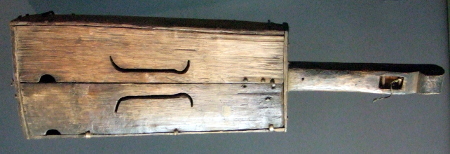
Agiarut
Alternative names: Agiagnaq, Agiagnaq Atuqtuuraq, Agiaq, Tautirutiqpuq, Tautirut, Tautiruut
Origin: Western Canada.
Tuning:
Strings/Courses: 1/1, 2/2 or 3/3
Further notes:
Scale Length:
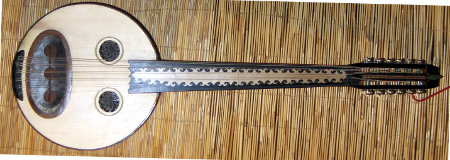
Ahenk
Alternative names:
Origin: Turkey.
Tuning: A3 A3, B3 B3, E4 E4, A4 A4, D5 D5, G5 G5 or Oud tunings.
Strings/Courses: 12/6
Further notes: Played with a Mizrab (long thin plastic plectrum), like the Oud and Cumbus.
Scale Length: 540-560mm
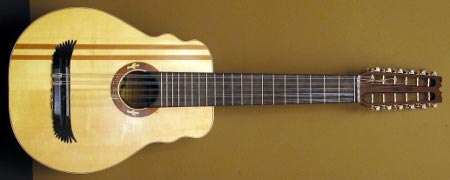
Ajayu
Alternative names:
Origin: Chile, 2007.
Tuning: A2 A2, E3 E3, A3 A3, C#4 C#4 C#4, F#4 F#4 F#4 or C3 C3, G3 G3, C4 C4, E4 E4 E4, A4 A4 A4.
Strings/Courses: 12/5
Further notes: Steel strings, or steel for the highest three courses, and (wound) nylon for the lowest two.
Scale Length: 530mm
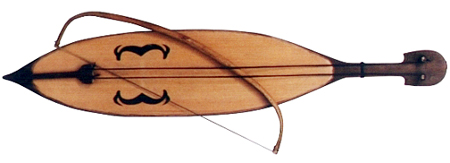
Apkhyarta
Alternative names:
Origin: Georgia and South-western Russia.
Tuning:
Strings/Courses: Usually 2/2, sometimes 1/1.
Further notes:
Scale Length:
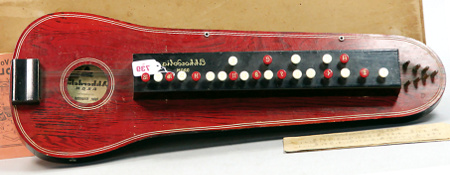
Akkordolia
Alternative names:
Origin: Invented in south-eastern Germany by Otto Teller in the early 20th century. Developed from the Japanese Taishogoto.
Tuning: F2 , A2 , C3 , F3. Also has 4 unfretted drone strings tuned to F3.
Strings/Courses: 8/5
Further notes: This instrument is fretted by pressing keys on the top, whilst the other hand strums with a plectrum. Often the keys are typewriter keys. Steel strings.
Scale Length: 450mm

Akonting
Alternative names: Ekonting, Bunchundo, Econtin, Konting.
Origin: Throughout Central and Western Africa. According to local traditions, it originated in southern Senegal.
Tuning: Two common tunings are D, G, F and C, F, E.
Strings/Courses: 3/3, 4/4 or sometimes more.
Further notes: Nylon strings, sometimes fishing wire. Probably the ancestor of the Banjo.
Scale Length: Huge variation.
Amzad
- See ImzadArchlute
- See Lute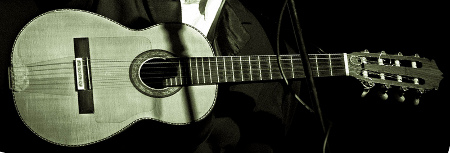
Armonico
Alternative names: Trilina.
Origin: Cuba, 1924. Invented by Compay Segundo and Nico Saquito as a hybrid between the guitar and the tres.
Tuning: E3, A3, D4, G4 G4, B3, E4.
Strings/Courses: 7/6
Further notes: Spanish for 'Harmonic'. Steel strings.
Scale Length: 650mm (the same as a guitar) or slightly shorter like a Tres.
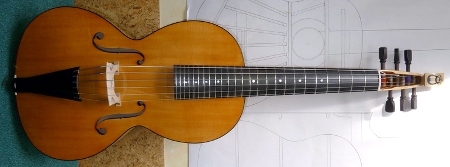
Arpeggione
Alternative names:
Origin: Invented by the guitar maker Johann Georg Stauffer in Vienna, Austria in 1823. Probably inspired by the Viola da gamba.
Tuning: E2, A2, D3, G3, B3, E4.
Strings/Courses: 6/6
Further notes: Now quite rare, although there are and have been many attempts to bring it back into popular use. Gut or steel strings.
Scale Length: